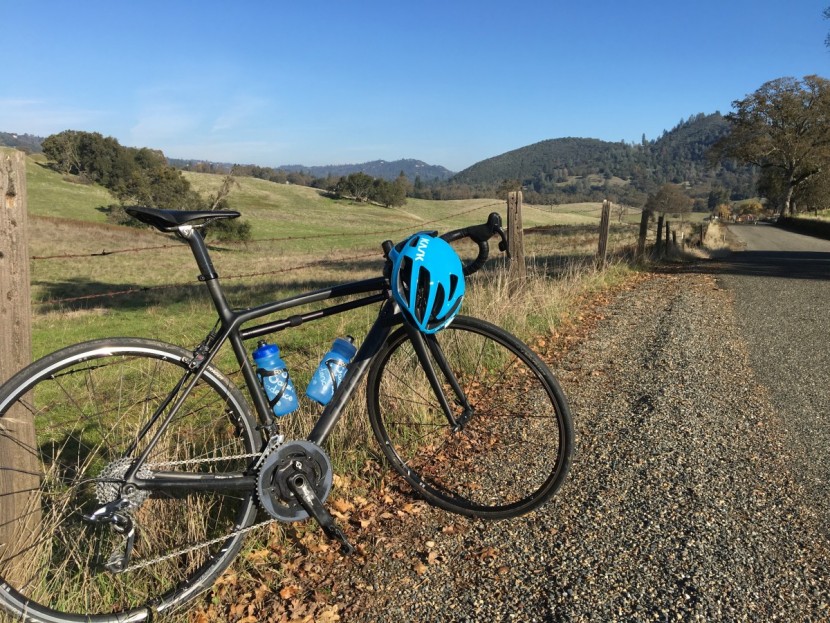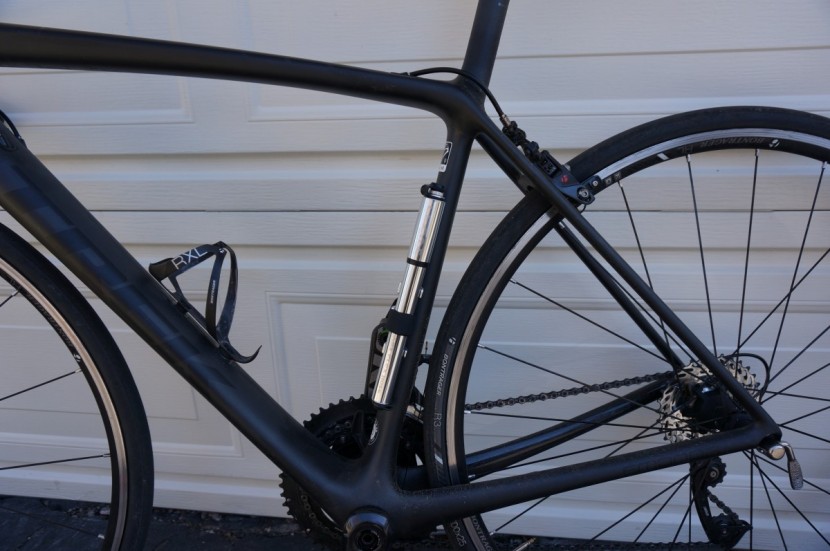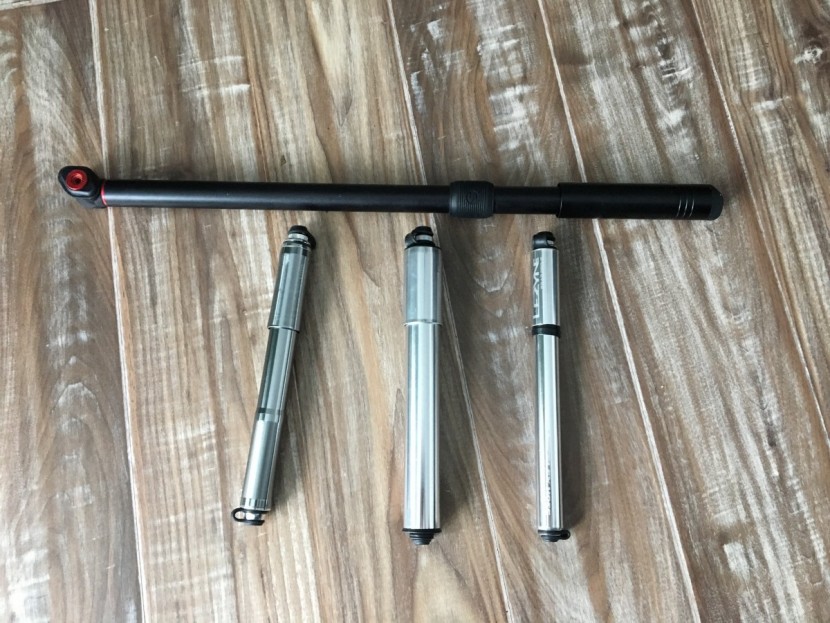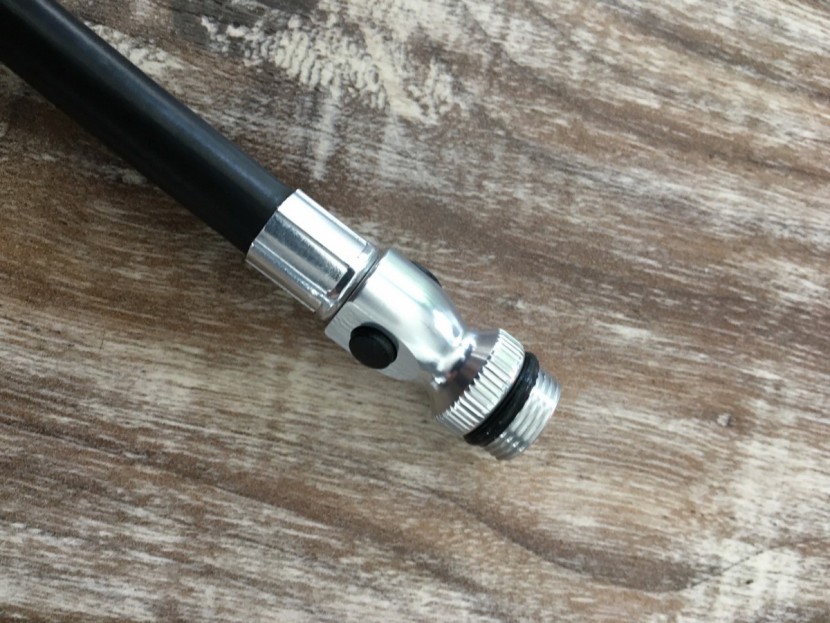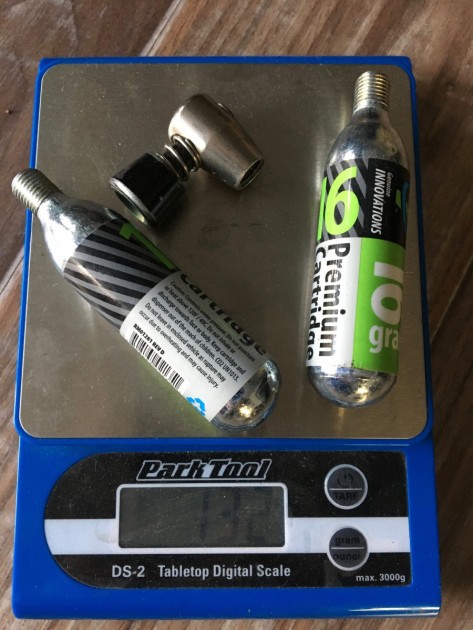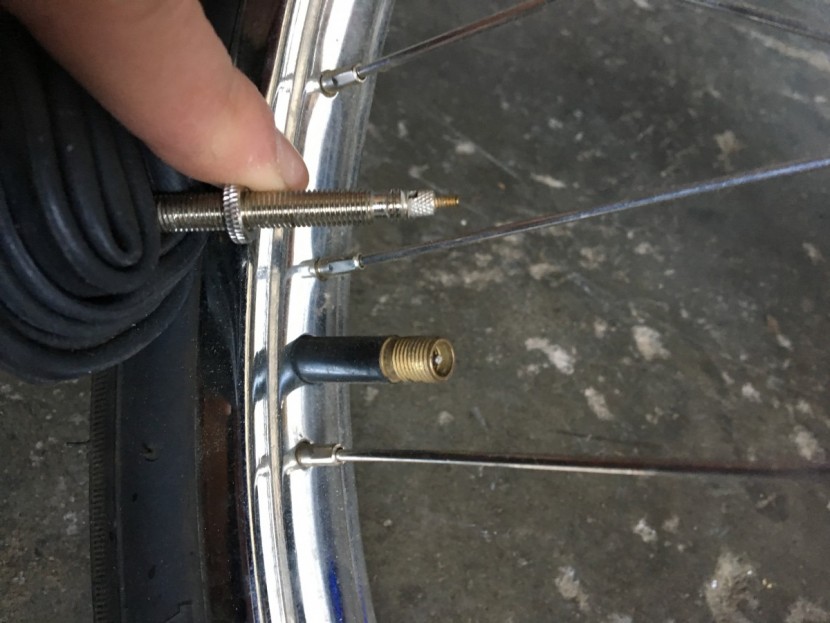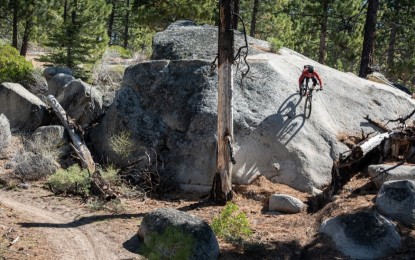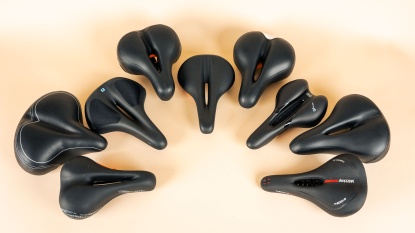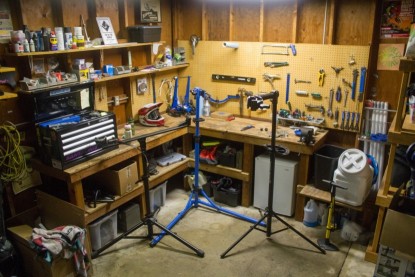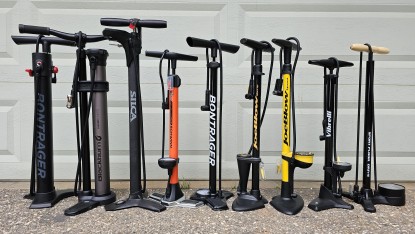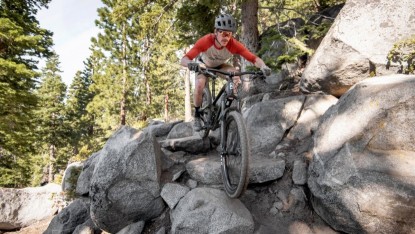Choosing a pump to meet your portable inflation needs can be an arduous process. There are a dizzying number of options available from dozens of manufacturers. Prices are all over the map, and every manufacturer claims their product is the best.
You are probably asking yourself questions like: Do I need different pumps for my road bike and mountain bike? Why not just use CO2 inflators? Are the extra size and weight of a frame pump worth the benefits? Do I want a traditional pump head or a flex hose? These are all valid questions, and we can help you. This article has all of the answers you are looking for.
Frame Pump vs. Mini Pump
Our review examines both frame mounted pumps, which are usually too large for your jersey or hip back, and mini-pumps, which can often fit in a pocket. Do you want a frame pump or mini pump? Both have advantages and disadvantages.
Frame Pump
Frame pumps are primarily designed for large and open front triangles found on road or cyclocross bikes. They are usually too large to fit on a full suspension mountain bike or any bike with an interrupted front triangle.
The primary advantage of frame pumps is that they are more efficient since they are almost twice the size of a mini pump. Increased efficiency gets you back on the road faster.
Frame pumps are ideal for training and winter use since flats are more frequent in the winter months. It stands to reason that repairing those inevitable flats faster is a good thing. Frame pumps are also ideal for gravel riding on a cyclocross bike. Cyclocross and gravel tires have a larger volume than most road tires and are much easier to inflate with a larger pump. So for road training and gravel riding a good frame pump is the ticket.Mini Pump
The main advantage of a mini pump over a frame pump is smaller size and portability. They usually range between 18 and 25 centimeters in length. Mini pumps are designed to fit in your jersey or hydration pack. They can also, confusingly, mount to your frame. Most mini-pumps come with a mounting bracket that uses your frame's bottle cage bolts. They are often small enough to fit on a mountain bike frame, though not many folks ride with them there.
Mini pumps are lighter weight, but they are more difficult to pump and take longer to fill a tire than larger frame pumps. They do make it possible to buy one pump for your mountain and road bike. You pretty much always have a pocket with you. For mountain bike use, you want a mini pump. For road riding, you have the option of a mini or frame pump.
Types of Mini Pumps
There are three categories of mini pumps: mountain bike, road bike, and combination.
Mountain Bike Mini Pumps
Mountain bike mini pumps are designed to move more air per stroke than a road bike version. This design makes it faster to fill high volume tires. The disadvantage is that these pumps struggle to reach high pressures. Once you reach 40 or so psi, it's incredibly difficult to compress the piston. Mountain bikes run from 16 to 40 psi. Road tires need between 80 and 120 psi.
Road Bike Mini Pumps
Road bike mini pumps are designed with less volume to pump efficiently at high pressure. As the pressure climbs, you're still not moving much air, so the pump is not too difficult to operate. The disadvantage is that their decreased stroke volume makes filling larger mountain bike tires a slow process. Road and cyclocross tire volumes work much better with these pumps.
Combination
Combination mini pumps claim to do it all. Unfortunately, most pumps designed to work for both pressure and volume applications aren't that good at either. There are some exceptions that offer solid all-around performance. A combination pump is right for you if you need one pump to use for multiple cycling disciplines. Combination pumps are also the most cost-effective option for the rider with multiple bikes.
Combination Pumps with a Pressure and Volume Selector
There are also pumps that try to solve the pressure versus volume conundrum by switching between the two. If you're inflating a high volume mountain bike tire, use the volume setting. Then it will move air into the tire on both the compression and expansion strokes. This cuts initial inflation time in half. But higher pressures quickly make it too difficult to operate in this setting. Then you'll have to switch it to its higher pressure mode, which is also its road tire setting. This is a cool idea, but the Vibrelli doesn't nail it.
Features
So now you likely have an idea of what type of pump you need. But what features are important to you? A flexible hose? Pressure gauge? Integrated CO2? Suspension fork inflation capability? What valves do your tires have? We break down the options below to help you make a choice.
Flexible Hose vs. Standard Pump Head
A standard pump head is built into the end of the pump and attaches the pump directly to the valve stem. Most standard head pumps have a locking lever that seals the pump around the valve stem. Honestly, the only advantage of a standard head is its lower price.
The main disadvantage of a standard pump head is that you have to keep the pump at a perfect right angle to the valve stem to avoid breaking it. You'll have to use one hand to stabilize the pump head while inflating the tire. This is often awkward. Most frame pumps have a standard head. Despite this less than ideal feature, we still recommend the Silca Impero Ultimate for its stellar performance and durable design.
A flexible hose has a threaded valve connection at one end and connects to the pump at the other. This design allows for better ergonomics and prevents lateral pressure on the valve stem. The threads provide a leak-free seal that is superior to most standard head connections. We recommend that you choose a pump with this design. Good examples are the Lezyne Gauge Drive HV for mountain use, Lezyne Road Drive for road riding, and the Pro Bike Tool for combination use.
Be aware that thread-on valve connections can unthread a tubeless valve core when you remove the hose, releasing all the air. We use a drop of blue thread locker on our valve stems to prevent this. The blue thread lock provides enough support to prevent accidental removal but also allows you to remove the core when necessary to add sealant.
CO2 Inflators
CO2 inflators use compressed CO2 in cartridges to provide a quick and compact means of tire inflation. A standard 16g cartridge will inflate a road tire to around 90 or 100 psi. CO2 is much faster and easier than using a pump. So why get a pump? For one, C02 cartridges are expensive! A Genuine Innovations 16G CO2 cartridge will cost you around $4 at your local bike shop. In addition, a 16g cartridge will not fill a mountain bike tire to an adequate riding pressure. There are 20g cartridges available, but they still may not be enough for a high volume tire.
If you use CO2, you will need to carry at least two cartridges in case of multiple flats or a misfire, which we have seen it more times than we can count. Two cartridges and a small inflator weigh around 130g, so you are not saving much weight if any. Another disadvantage of CO2 is that it will slowly diffuse through butyl tubes over time. So if you let your bike sit overnight after using a CO2 cartridge, don't be surprised to wake up to a flat tire. CO2 can also cause some tubeless tire sealant to set up or harden, so you may have to add or replace sealant as well. It's also wasteful. CO2 certainly has advantages. We like it for racing because it is fast. Other than that, we prefer a manual pump.
Shock Pumps
The Blackburn Mammoth CO2'fer is equipped to inflate both tires and your front suspension. This is a unique benefit, particularly if you need to dial in ideal pressures for a diverse ride.
Pressure Gauge
Some pumps are equipped with integrated pressure gauges. A pressure gauge lets you see your progress in real time, and is much more accurate than the old squeeze the tire test. We recommend a pump with a pressure gauge, particularly for mountain bike use, where a few psi can make the difference in cornering and handling. We do not feel it is as important for road use, where the goal is to get the tire firm enough to prevent a pinch flat. A good option for a mountain bike mini pump with a pressure gauge is the Lezyne Gauge Drive HV.
Valve Compatibility
Your bike tubes or tubeless valve stems have either Presta or Schrader valves. A pump with dual compatibility allows the user to inflate tires with either type. This isn't much of a benefit for road bikers as all road tubes are Prestas. The vast majority of mountain bikes also use Presta valves, but some downhill bikes, dirt jump bikes, and older mountain bikes may have Schrader valves. It is best to investigate what type of valve stems you use before purchasing a pump. With that said, all of the mountain bike and combination pumps we tested are compatible with both valve types.


